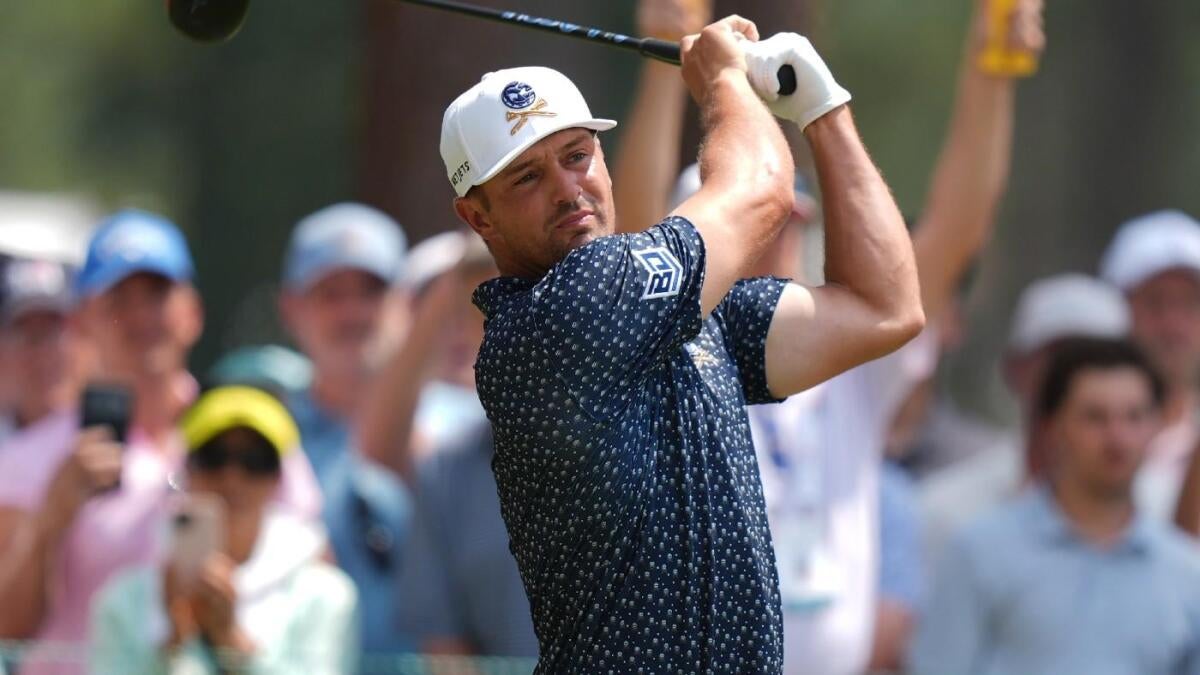Analyzing the 2025 U.S. Open Through the Lens of Advanced Statistical Modeling
A New Era in Golf Forecasting
The 2025 U.S. Open at Oakmont Country Club elevates anticipation across the golfing world not just because of the iconic venue but due to predictions emerging from a remarkably accurate golf projection model. This model, distinguished by its track record of correctly forecasting 15 major championship outcomes, including the early 2025 majors and four consecutive Masters, offers a fresh perspective rooted in rigorous simulation. Running each tournament through 10,000 iterations, it transcends simplistic guesswork and adds a robust layer of statistical confidence to predictions about player performance.
Leading the Charge: Scheffler and McIlroy Headline the Race
Scottie Scheffler emerges as the clear frontrunner with odds at +320, capitalizing on his recent PGA Championship success and consistent tour form. His game, refined under pressure, appears finely tuned for Oakmont’s punishing course setup. Rory McIlroy, standing at +550, is no stranger to the stage, bringing a blend of experience, past major victories, and strategic prowess. His history of strong U.S. Open showings underscores the model’s emphasis on not just current form but also historical compatibility with the course’s unique demands.
The synergy of skill, resilience, and past performance shapes these leading odds, affirming the model’s nuanced approach to data—not merely rewarding flair but measured consistency and adaptability.
Unveiling the Unexpected: Dark Horses and Shock Predictions
Beyond the favorites, this model uncovers intriguing deviations from conventional expectations. Jon Rahm’s projected decline to barely a top-10 finish hints at the inherent volatility in golf’s elite ranks, despite his status as a two-time major champion and former U.S. Open winner. This prediction challenges narratives driven by recent momentum, reminding us that form can be fickle under U.S. Open pressures.
Bryson DeChambeau’s odds at +900 spotlight him as a compelling dark horse. The model recognizes his capability to disrupt rankings, signaling potential value in bets that diverge from mainstream picks. Furthermore, the mention of numerous longshots (with 20-to-1 odds or longer) signals opportunities for high-risk, high-reward wagers—adding strategic depth for the informed bettor.
The Backbone of the Model: Massive Simulations and Proven Success
What distinguishes this model is its methodological rigor: simulating tournaments 10,000 times to capture probabilistic outcomes instead of deterministic predictions. This statistical breadth accounts for the unpredictable elements—weather shifts, minor errors, psychological pressure—that define majors, particularly at a course like Oakmont with its notorious scoring challenges.
Its historic accuracy bolsters confidence in navigating the complexities of major championships, where simple linear projections fall short. The model’s capacity to factor in course nuance, player temperament, and performance fluctuations enables a more textured, realistic picture of likely outcomes.
Oakmont’s Course Architecture: A Crucible for Precision and Toughness
Oakmont’s reputation as one of the sport’s most demanding courses deeply influences prediction outcomes. Its lightning-fast greens, punishing bunkers, and dense rough require players to combine impeccable ball-striking with exceptional mental steadiness. The model’s sensitivity to these course traits explains its favoring of resilient, adaptable players like Scheffler and McIlroy, while discounting those less proven under comparable conditions.
Understanding Oakmont’s challenges is crucial; it’s not merely about talent but about thriving under relentless physical and psychological pressure—precisely the factors this model integrates into odds calculations.
Decoding the Betting Landscape: Insights and Strategies
From a bettor’s perspective, the model presents coherent, actionable strategies:
– Placing informed bets on top contenders Scheffler and McIlroy aligns with their demonstrated skills and course compatibility.
– Exploring wagers on longshots and dark horses offers enticing potential payoff, supported by data suggesting volatility and upsets are plausible.
– Exercising caution on players like Rahm, despite past accolades, reinforces the need for statistical backing rather than purely reputational trust.
This balanced betting framework encourages both prudence and adventurous plays, guided by a comprehensive understanding of underlying probabilities.
Conclusion: Harnessing Data to Navigate Golf’s Grand Stage
The 2025 U.S. Open at Oakmont serves as a crucible where preparation meets unpredictability. The advanced golf projection model with its blend of historical accuracy and extensive simulation invigorates this narrative, transforming the guesswork of major predictions into an informed analysis. Scottie Scheffler and Rory McIlroy emerge logically as the frontrunners, yet the model’s revelations about Rahm and potential longshot contenders accentuate golf’s inherent unpredictability.
For golfers, enthusiasts, and bettors alike, this data-driven approach provides a nuanced roadmap through an intricate competitive landscape. As the championship unfolds, the interplay of strategy, resilience, and unseen variables will test these projections. Regardless, this model affirms one truth: in major golf, success is crafted at the dynamic intersection of skill, grit, and statistical insight.

